Steemit Learning Challenge-S22W4; Rotator Cuff Tendonitis"
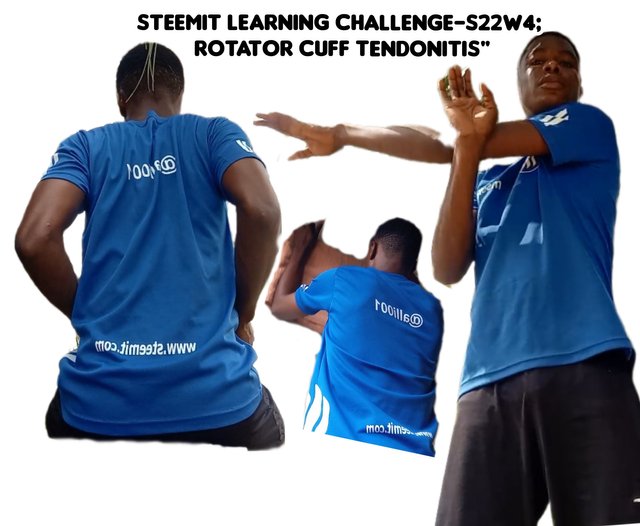
Greetings everyone! I am delighted to reengage with the Steemit Learning Challenge, Season 22, Week 4. This week's curriculum concentrates on Rotator Cuff Tendonitis, a condition affecting the shoulder region and the musculature encircling the shoulder joint. Having meticulously reviewed the lesson post, I am now submitting my homework task as required.
When the inflammation of tendons around the shoulder occurs, this condition or state is known as rotator cuff tendonitis. The rotator cuff is known to have four muscles namely; supraspinatus, infraspinatus, teres minor, and subscapularis. Together with the four muscles I just mentioned, there are other muscles and tendons which surrounds the shoulder joint. These muscles surrounding the shoulder joint has its own role to play. It provides stability and friction-free movement.
Causes of rotator cuff tendonitis
- Excessive using of the shoulder joint for various task on a daily basis.
- Sustaining injury on the shoulder joint.
- Participating in sports such as tennis, swimming, basketball and some other sports, where you overuse the shoulder joint.
- Age can cause rotator cuff tendonitis because during this age, the shoulder region may tear.
- This can occur to people with poor posture, example bad sleeping posture.
Symptoms of rotator cuff tendonitis
- The patient will feel pain on the affected shoulder and upper arm.
- If the tendon gets inflamed and not treated, the affected place will start swelling.
- The patient will notice some weakness due to low strength in the shoulder
- A clicking or snapping feeling in the shoulder when the patient move it.
- The shoulder region won't be flexible again due to stiffness.
Stages of rotator cuff tendonitis
- Stage 1 (mild): In this early stage, the shoulder region will be inflammed and irritated.
- Stage 2 (moderate): During this stage, the patient will feel a clicking or snapping sensation while performing a circular movement or range of motion on the shoulder like flexion, extension, abduction, and adduction. During this stage too, there is a partial tear of the tendon, and that's where tendon regeneration starts.
- Stage 3 (severe): This is the final and the worst stage where the tear of the tendon occurs completely.
Taking the patient's medical history, surgical history and their occupation: Knowing the type of work they do will help to identify how frequent they make use of their shoulder joint.
Thorough physical examination by a physician or physical therapist: This physical examination can be done by checking on the patient's posture, shoulder alignment and any other visible deformity. If there's visible deformity, me being the physical therapy will gently press on the affected area to to identify tender spot.
Xray, Ultrasound and MRI: With the use of x-rays, it can help rule out other shoulder conditions, such as fractures, osteoarthritis, or bone spurs. Using ultrasound when diagnosing rotator cuff tendonitis provides detailed images of soft tissues, including tendons, ligaments, and muscles. MRI (Magnetic Resonance Imaging) provides high-resolution images of both soft tissues and bones, and it can can detect subtle changes in tendon and muscle tissue, including inflammation, degeneration, or tears.
Performing arthroscopy: I'll also do a special test called arthroscopy. Arthroscopy is a way to look inside the joint without making a big cut. It helps me see if the patient have rotator cuff tendonitis.
NCS(Nerve Conduction Study): An NCS test helps ensure that the symptoms are not caused by nerve damage, but rather by the rotator cuff tendonitis itself.
Special test to confirm the diagnosis
- Neer test: This special test to is done to check if the shoulder joint is pinched. This test helps to see if the bone is pressing on the tendons.
- Hawkins Kennedy Test: This test checks if the shoulder tendons are being squeezed or pinched.
- Jobe's Test: This test checks if the tendon on top of the shoulder is strong or damaged.
- Speed Test: This test checks if the tendon connecting the biceps muscle to the shoulder is damaged or torn.
- Yergason Test: This test also checks for damage or tears in the biceps tendon.
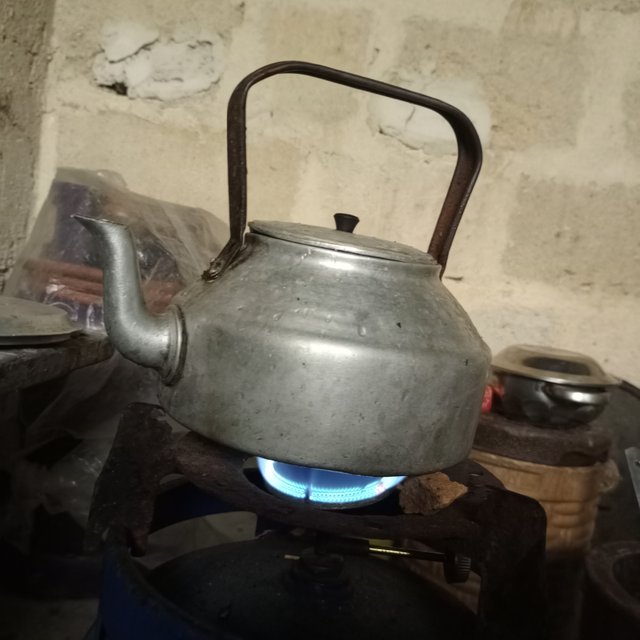 | 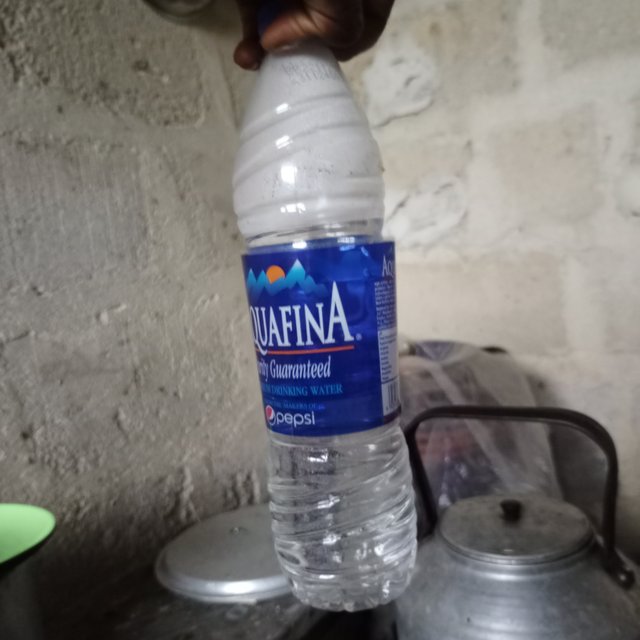 |
|---|---|
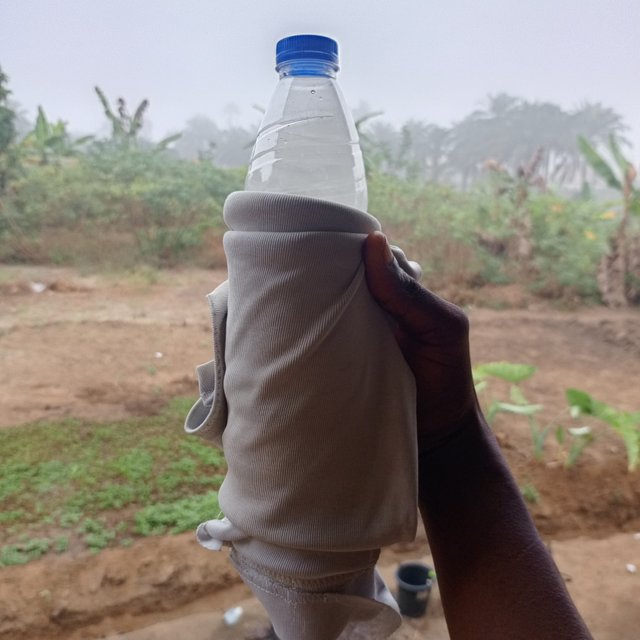 | 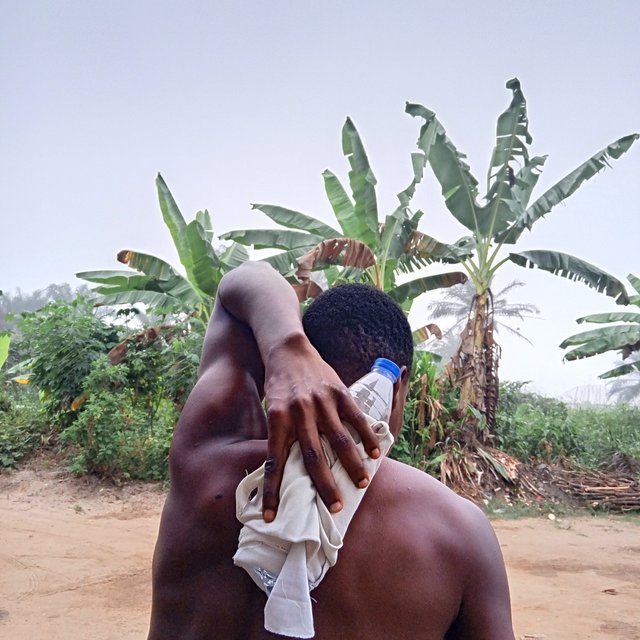 |
Absent a commercial heat pad, I improvised by boiling water and pouring it into a 75cl rubber container. To prevent direct contact with my skin, I wrapped the container in a cloth. I then applied the makeshift heat pad to my shoulder region, gently massaging the area for approximately 5 minutes, as recommended. This self-administered treatment aimed to alleviate muscle soreness, injury, and stiffness.
I tried out the three exercises on myself, and I must say that I thoroughly enjoyed mobilizing my shoulder joint. Although I had previously practiced only one of these exercises during my individual training, the Cross Body Shoulder Stretch stood out to me. I was pleasantly surprised by the noticeable impact it had on my shoulder, leaving me with a sense of accomplishment. To perform the stretch, I held the position for approximately 10 seconds before switching hands and repeating the process.
Proceeding to the second exercise, the Scapular Squeeze, I experienced a significant impact on both my upper back and shoulder regions. I successfully completed 10 repetitions of this exercise, which further reinforced its effectiveness.
Finally, I performed the Wall Slides exercise, carefully following the instructions from the lesson video. Using a towel for support, I placed the edge of my elbow against the wall and smoothly slid it up and down, repeating the motion 5 times. I found this exercise to be the most straightforward and manageable of the three.
Dear teacher @ashkhan, this is my homework task. I'm open to learning and hopeful to join next class.
https://x.com/allicrypto01/status/1876590533038207238?t=INEYXDQARC6jwZ9E7I3RDw&s=19
@tipu curate
Upvoted 👌 (Mana: 4/7) Get profit votes with @tipU :)
I saw the scapula and lo I remembered my biological day, where I had to memorise all bones in the human body, the scapula is a the shoulder bone, your application of the hot water on the affected area is a significant remedy, rotator tendonitis is very common especially for people that carry weight on their head or those with a poor sleeping posture, I am sure of joing this contest, seeing you in the next class will be my happiness, Goodluck as soon to call physiotherapist as I am by practice.
Thank you very much bro for your valuable comment and sharing with me your experience about memorising all bones in the human body. I'll surely be there during the next class and I'm hoping to see you too.
Thank you for understanding the lesson and sharing your assignment; I hope that you will enjoy this week's lesson and try to implement it in your life if you see any such case.
Observations
Task 1 (3/3)
You have shared a great knowledge about rotator cuff tendonitis, its symptoms, causes and it's stages. I appreciate your effort.
Task 2 (2.7/3)
In the second question, you tell us about how you have to assess a patient by doing physical examination, history taking, special tests and investigations. But it would be better to add the explanation of special tests like how we perform it on the patient. Great.
Task 3 (4/4)
You try the wall slides, cross body shoulder stretch, and scapula squeeze. You did the wall slides, cross body shoulder stretch, and scapula squeeze correctly. Always remember to apply heat pack in chronic condition and ice pack in acute condition before performing exercises to relax the muscles and reduce stiffness. I appreciate your efforts.
Overall you made a great attempt to answer all the questions. I appreciate your efforts. But next time try to avoid the above written suggestions. Keep learning and try to implement your knowledge to the people suffering from rotator cuff tendonitis or any type of shoulder issue. Thank you.
Thank you for the assessment teacher. In the next class, I'll add the explanation of special tests and how we can perform it on the patient. Thank you.
¡Saludos amigo!🤗
El manguito rotador es un área que movilizarnos con mucha frecuencia y, lamentablemente solemos ser muy descuidados con esa zona. Por ello, esta actividad nos permite tener consecuencia al respecto y fíjate, nosotros que practicamos deporte regularmente, más debemos cuidarnos jajaja.
Te deseo mucho éxito en la dinámica... Un fuerte abrazo💚